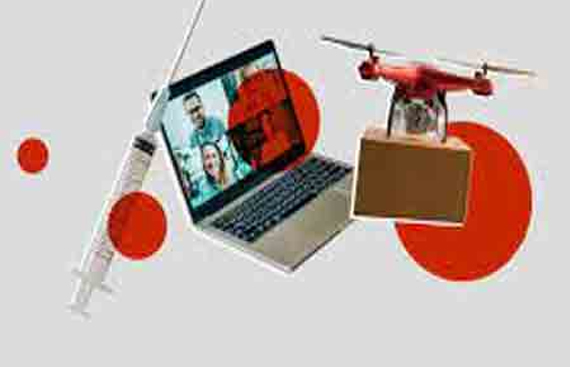Common Technology Trends to Reshape the Future of Retail Industry in 2021

Due to the constraints and fears associated with in-person buying, e-commerce has increased during the COVID-19 epidemic. This has prompted business owners to enhance their e-commerce systems in order to increase online sales.
FREMONT, CA: Digital transformation has drastically transformed purchasing, online experiences, and even customer expectations in physical locations. The upheaval caused by the COVID-19 epidemic has thrown the industry on its head, bringing with it unprecedented technical breakthroughs.
It is critical to evaluate where these advancements will lead everyone next by recognizing the technology trends that have guided everyone through 2020 and 2021 and will continue to guide everyone in the years ahead.
E-Commerce-Friendly POS Systems
Due of the constraints and fears associated with in-person buying, e-commerce has increased during the COVID-19 epidemic. This has prompted business owners to enhance their e-commerce systems in order to increase online sales.
Unfortunately, the pandemic's lockdowns and health dangers have resulted in a record number of retail closures in 2020. Many of these closures have been permanent, such as the Microsoft Store and Pier 1. Others, such as JCPenney and Macy's, have temporarily closed stores or limited the number of open stores. However, other stores, such as Walmart and Target, made a lot of money last year.
The ever-increasing demand for a fully integrated POS and e-commerce solution is discussed by a SaaS provider of a cloud-based ERP system for merchants. Retailers require solutions that enable them to sell things online with the same efficiency, system integration, and customer pleasure that they do in physical stores.
Demand Forecasting
COVID-19 has significantly altered client demand in the retail sector. Understanding how to forecast and capitalize on these trends is critical to keeping on top of the business.
Data is critical to predicting demand. Forecasting client demand becomes significantly more accurate when machine learning is used. These advancements improve automatic demand forecasting, inventory planning, the customer as well as supplier relationship management, logistics, production, and marketing.
ML-based demand forecasting systems are far more adaptable and versatile than traditional approaches. Because machine learning can be implemented much faster, it can better track client demand trends.
